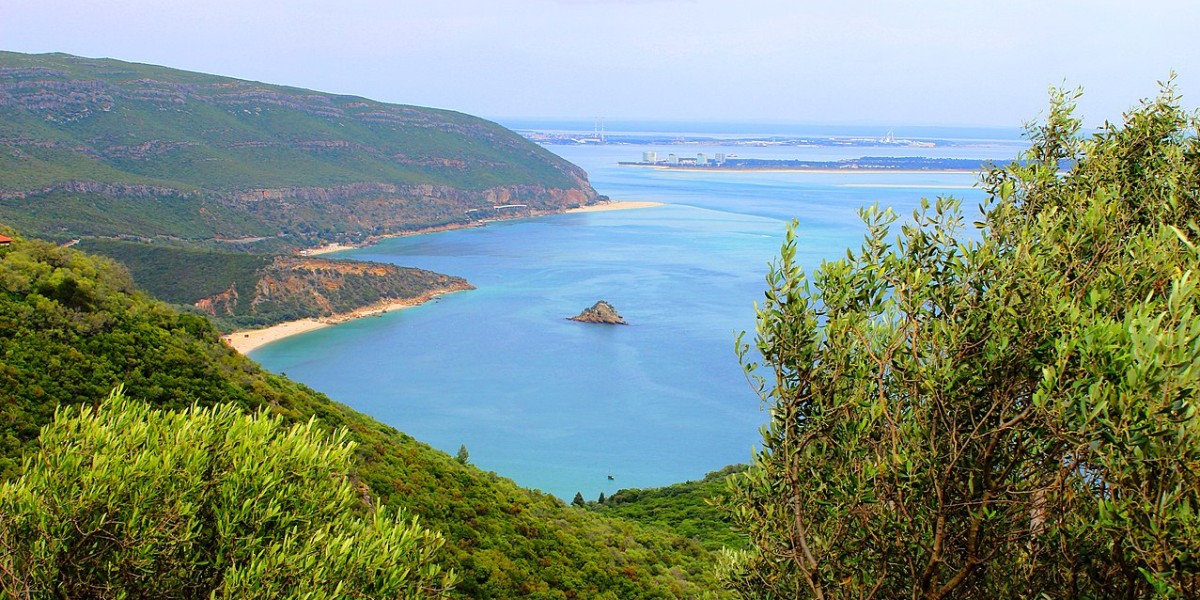
Portugal's Serra da Arrábida, with its stunning landscape between the sea and the mountains, has officially been recognised by UNESCO as a Biosphere Reserve. This distinction, announced in September 2025 during the World Congress of Biosphere Reserves in Hangzhou, China, places Arrábida among 785 territories worldwide with this prestigious status.
What is a Biosphere Reserve?
A Biosphere Reserve is an area recognised by UNESCO through the Man and the Biosphere Programme (MaB), aimed at promoting biodiversity conservation and sustainable development.
These reserves serve as models of balanced management between nature and human activity, acting as platforms for research, education and environmental awareness.
Core functions of Biosphere Reserves
Biosphere Reserves have three interlinked functions:
- Conservation: Protecting ecosystems, species and landscapes that represent global biodiversity.
- Sustainable development: Promoting practices that reconcile human needs with environmental preservation.
- Logistical support: Facilitating scientific research, environmental monitoring, education and training in sustainability.
Structure of Biosphere Reserves
Each Biosphere Reserve is organised into three zones:
- Core: A strictly protected area where human activity is limited to ensure full conservation.
- Buffer zone: The area surrounding the core, where activities such as research and environmental education are allowed to reinforce protection.
- Transition zone: The outer area where sustainable activities are encouraged to support economic and social development, while respecting conservation principles.
Arrábida: an exceptional ecosystem
The Serra da Arrábida is one of Portugal’s most remarkable ecosystems, recognised for its unique biodiversity and the harmony between nature and human activity.
Recently classified by UNESCO as a Biosphere Reserve, the region stands out for its flora and fauna, geodiversity and sustainable practices.
Rich flora and endemic species
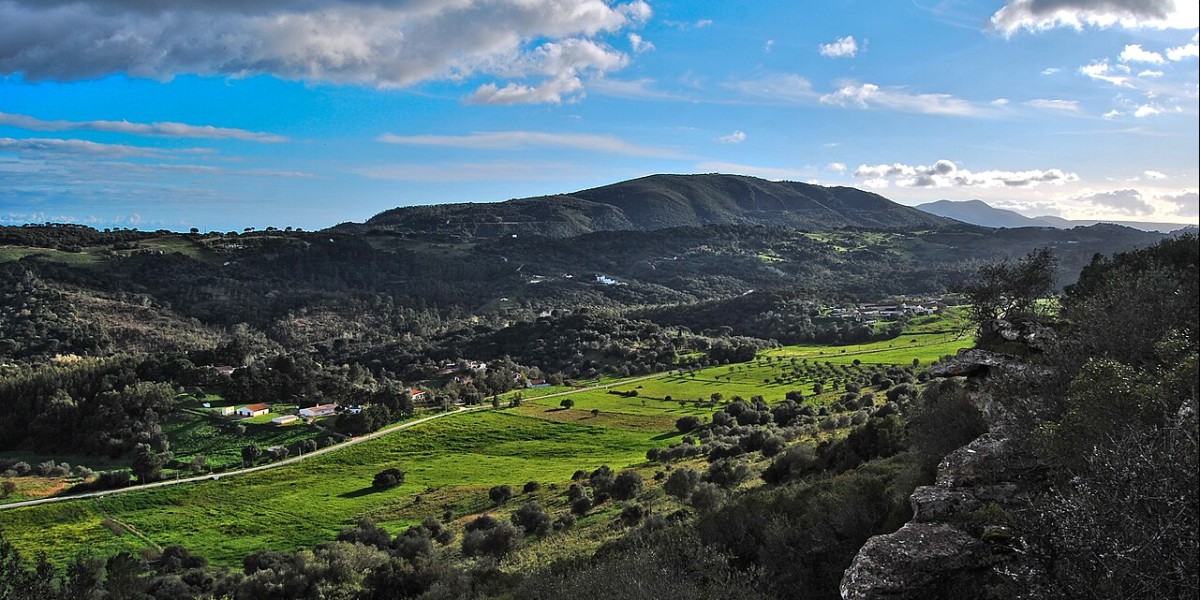
Arrábida is home to more than 1,400 plant species, representing around 40% of Portugal’s flora. Among them are 70 rare and endemic species such as Withania frutescens, Lavatera maritima and Fagonia cretica, giving the region exceptional botanical value.
Diverse fauna
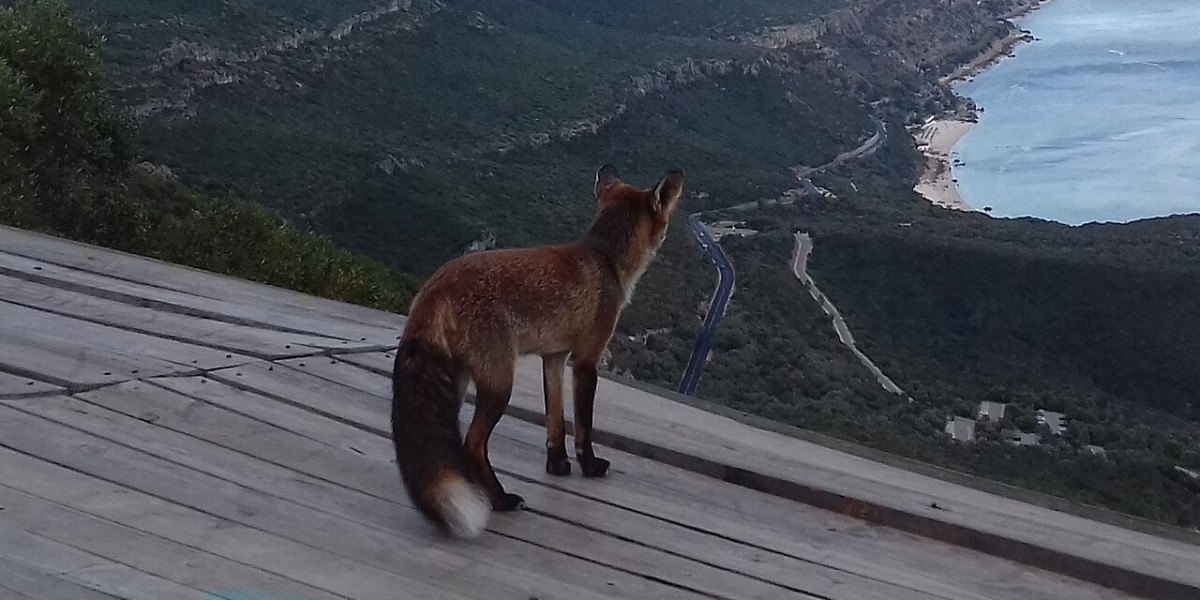
The fauna of the mountain range is equally varied, with around 200 vertebrate species, including birds such as Bonelli’s eagle (Aquila fasciata) and Alpine swift (Apus melba), as well as mammals like the red fox (Vulpes vulpes) and wild boar (Sus scrofa).
Protected marine ecosystems
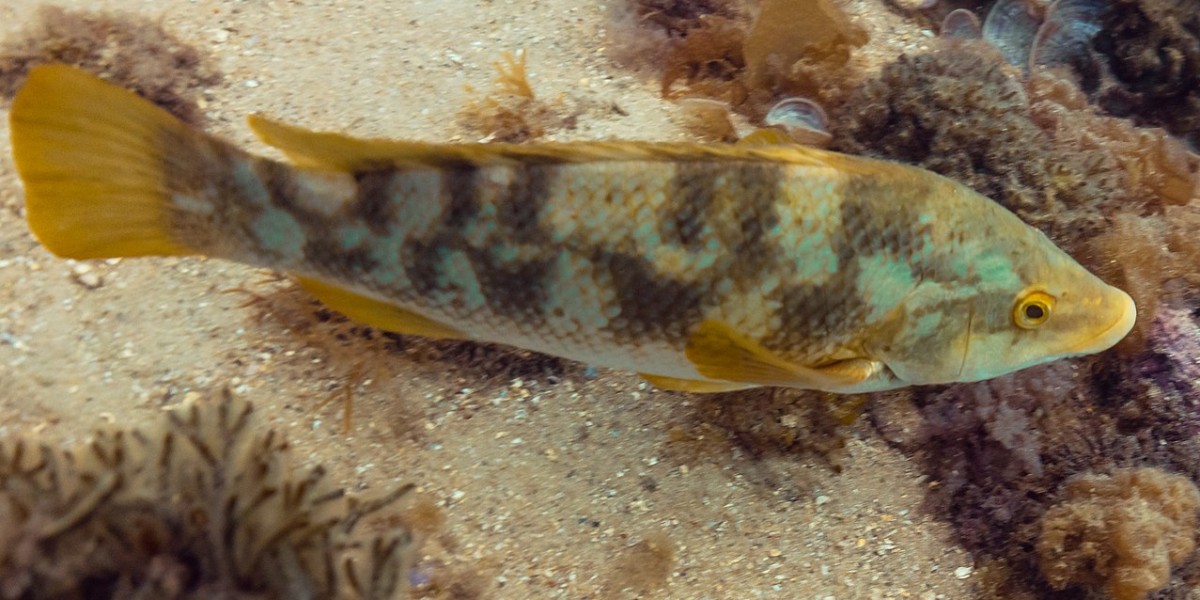
Arrábida’s coastline is safeguarded by a marine reserve stretching 38 km from Figueirinha Beach to Cabo Espichel.
This area is home to over 1,400 marine species and plays a crucial role in the conservation of aquatic biodiversity.
Geodiversity and geological heritage
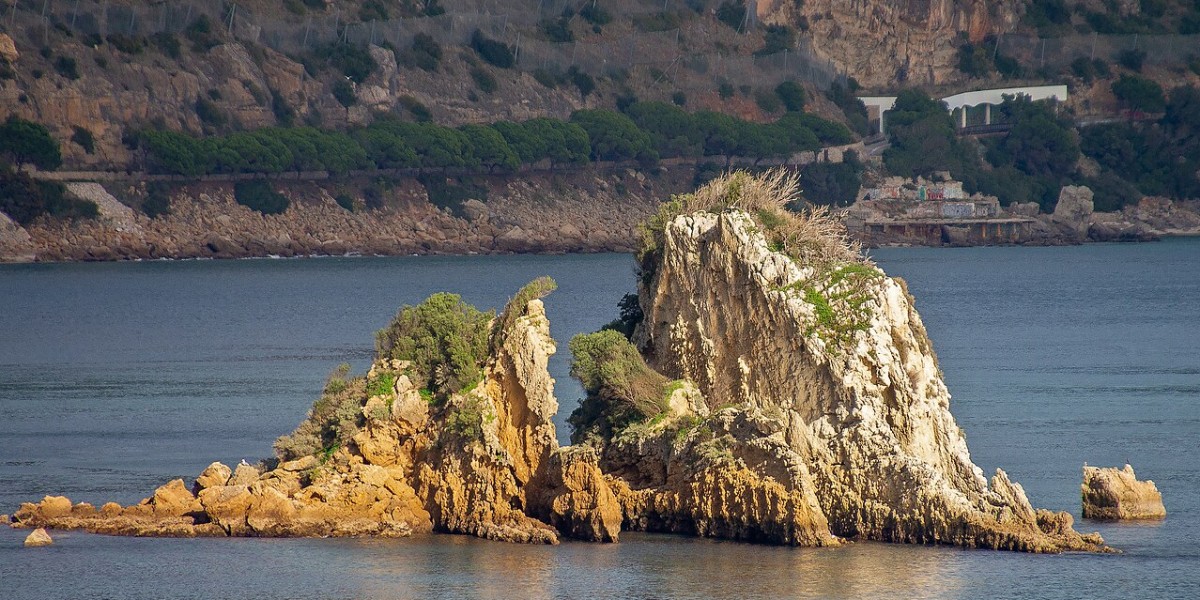
The region is rich in geological formations, such as Arrábida breccia — a sedimentary clastic rock highly valued as an ornamental stone.
This geological resource contributes to the uniqueness of the landscape and is protected by the Arrábida Natural Park.
Sustainability and human practices
This area is also an example of coexistence between nature and human activity. Local communities maintain sustainable practices such as artisanal fishing, olive cultivation and the production of the famous Moscatel de Setúbal wine — all contributing to the preservation of the ecosystem and the region’s economic development.
The path to becoming a Biosphere Reserve
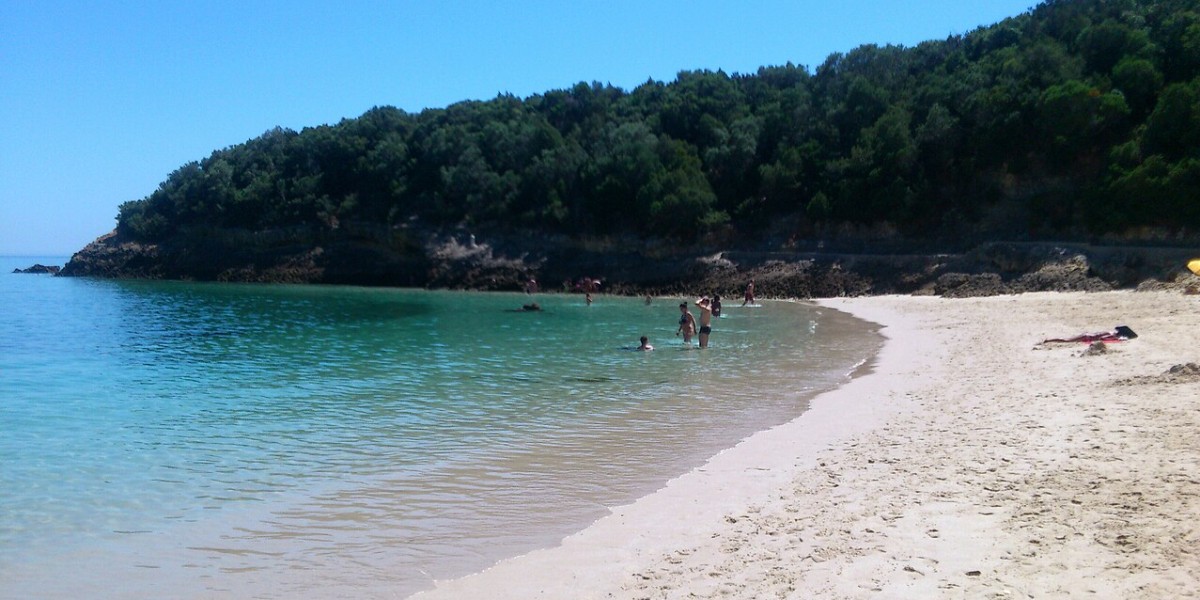
Arrábida’s application for UNESCO Biosphere Reserve status was formally submitted in September 2024 by the UNESCO MaB Programme Secretariat in Paris.
The process involved close cooperation between the Association of Municipalities of the Setúbal Region (AMRS), the municipalities of Setúbal, Palmela and Sesimbra, and the Institute for Nature Conservation and Forests (ICNF).
The application was based on a technical and scientific dossier and actively involved local communities, ensuring their perspectives and knowledge were included in the proposal.
UNESCO described Arrábida as a “living laboratory for sustainability”, highlighting the balance between human activity and environmental conservation.
Living near Serra da Arrábida
Located in the Setúbal region, this area offers a balanced lifestyle with easy access to Lisbon and an unspoilt natural environment.
Quality of life in Setúbal and Azeitão
Setúbal combines the calm of the countryside with proximity to the capital. With a lower cost of living compared to other Portuguese cities, it offers excellent infrastructure including schools, hospitals and shopping centres.
Azeitão, a village nestled between the Serra da Arrábida and the Sado River estuary, is an ideal location for those who want to live close to nature. In addition to scenic walking trails and beaches such as Portinho da Arrábida, the region is famous for its gastronomy — especially local cheeses and wines.
This area has also been chosen by several public figures, such as José Mourinho, who prefer locations away from major urban centres for greater privacy and discretion.
Advantages of living in the region
- Proximity to Lisbon: Just 40 km from the capital, it’s possible to work in Lisbon and live in Setúbal or Azeitão, enjoying the best of both worlds.
- Preserved natural environment: Serra da Arrábida offers breathtaking landscapes with crystal-clear beaches and Mediterranean vegetation.
- Affordable cost of living: Compared to other regions of Portugal, Setúbal and Azeitão offer a more accessible cost of living, making them attractive options for families and professionals.
- Outdoor activities: The region is perfect for sports such as hiking, cycling, climbing and birdwatching.

